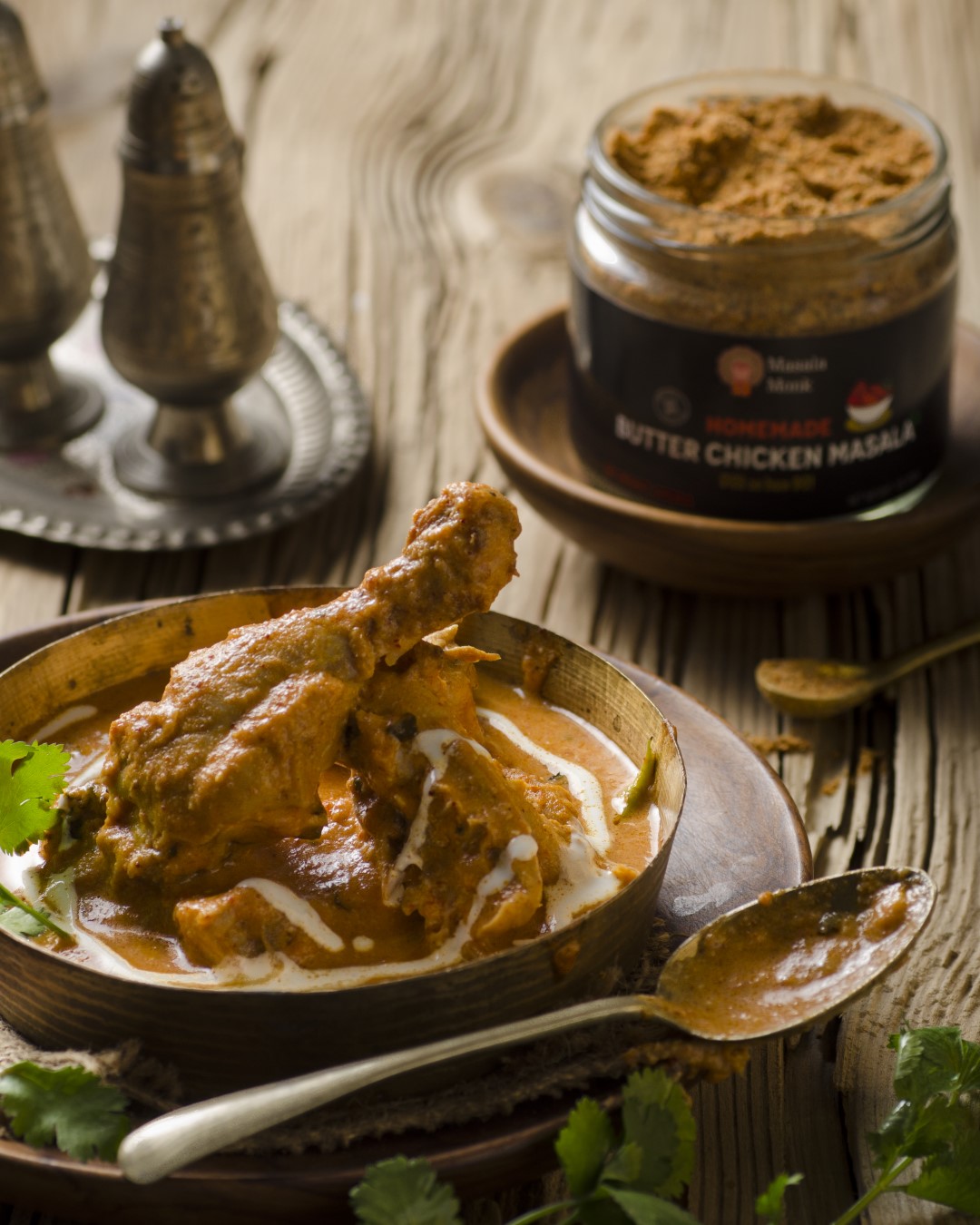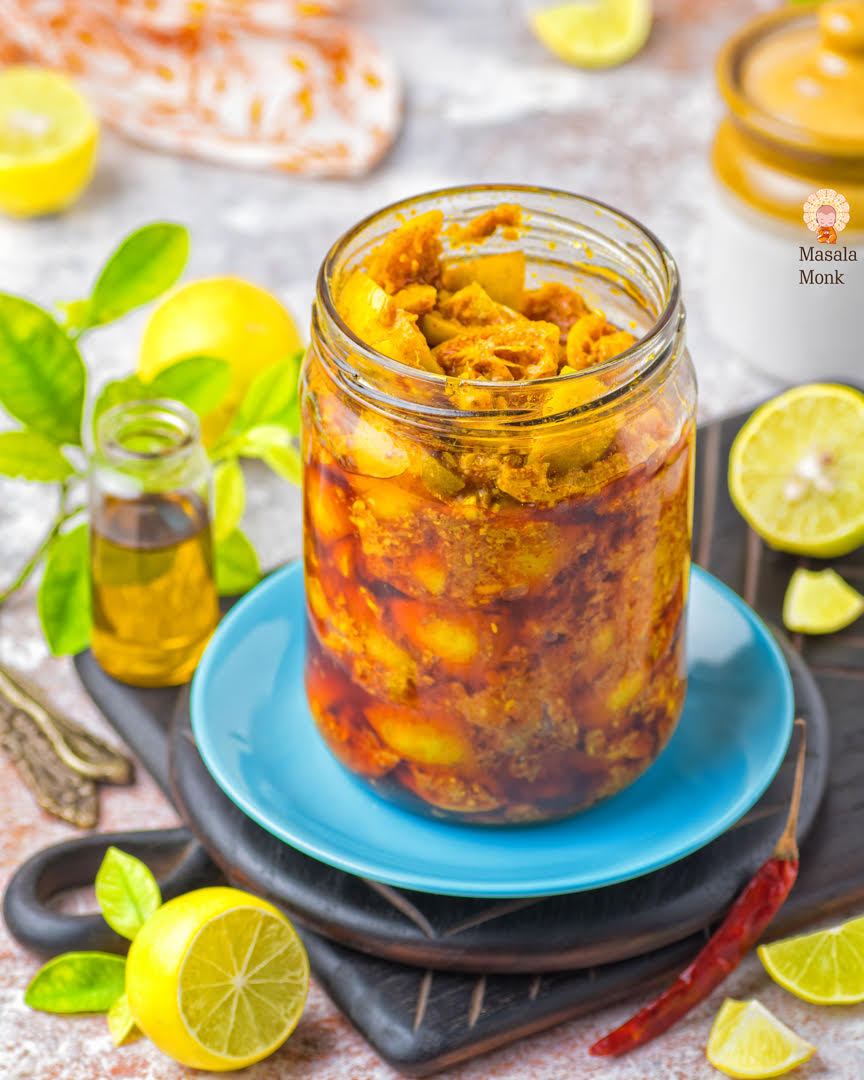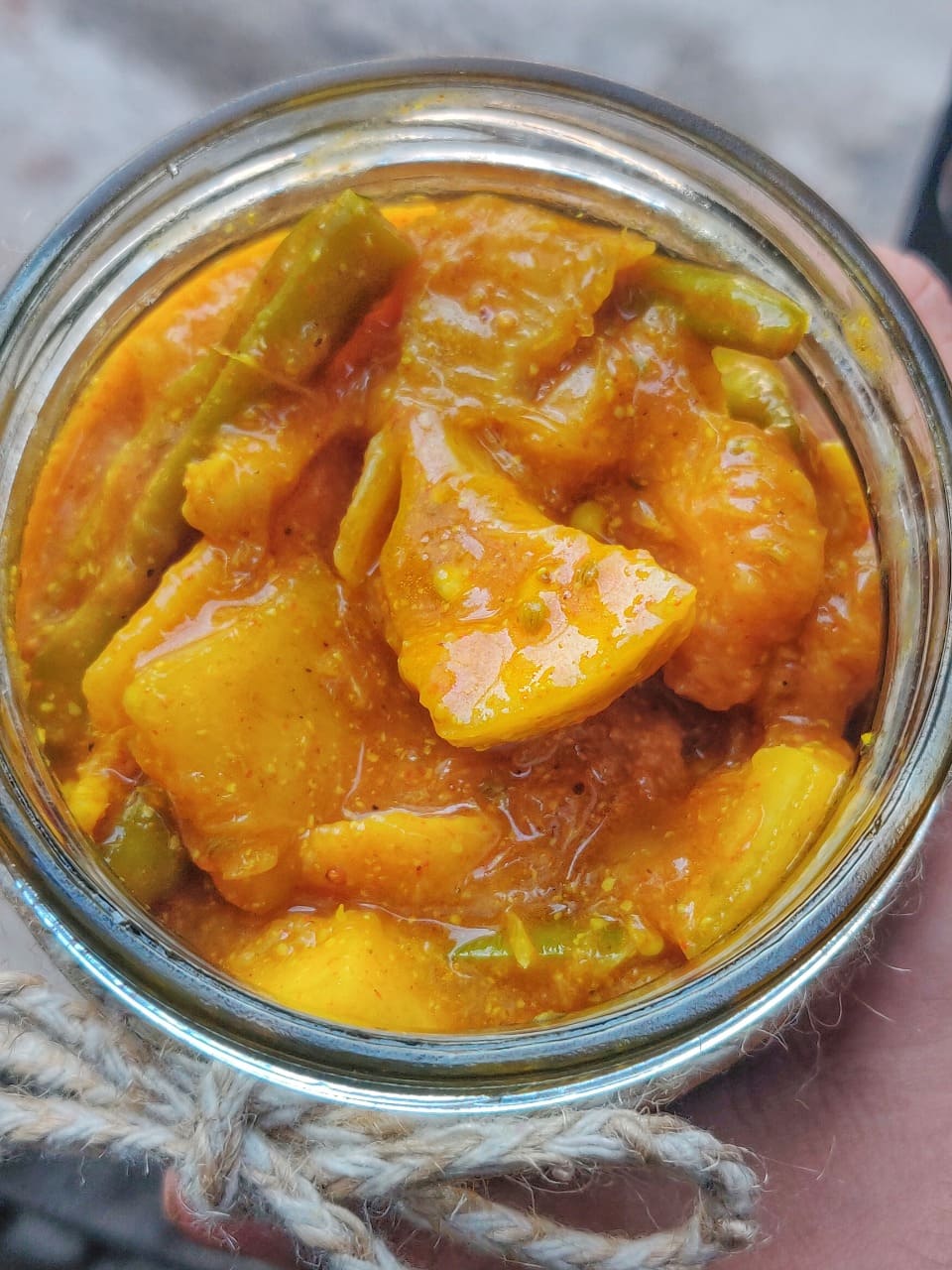
Hello, food lovers! 🥘👋
If you’re a fan of Indian cuisine or just love trying out new recipes, you’re in for a treat! Today, we’re taking you on a culinary journey through the world of Chicken Tikka Masala, one of the most beloved dishes in Indian cuisine. We’ve scoured YouTube and handpicked the top 5 recipes that offer unique and delicious takes on this classic dish. So, put on your apron, fire up your stove, and let’s get cooking! 🚀
1. Get Curried’s Classic Chicken Tikka Masala 🌟
Our first stop is the Get Curried channel, where they present a classic take on Chicken Tikka Masala. The recipe starts with marinating the chicken in a flavorful blend of yogurt and spices, followed by grilling it to perfection. The sauce, a rich concoction of onions and tomatoes, is spiced with garam masala, turmeric, and other spices. The grilled chicken is then simmered in the sauce, absorbing all the delicious flavors. Finally, the dish is garnished with fresh coriander and served with naan or rice. This recipe is a great starting point for those new to Indian cuisine.
2. Tasty’s Homemade Chicken Tikka Masala 🌟
Next, we have a recipe from the popular Tasty channel. Their version of Chicken Tikka Masala involves a two-step marination process for the chicken. The first marination includes lemon juice, ginger-garlic-chilli paste, and spices, while the second marination adds in mustard oil, hung curd, and more spices. The chicken is then skewered and baked. The sauce is a blend of onions, ginger, garlic, and a variety of spices, mixed with tomato puree, tomato sauce, and cream. The baked chicken is added to the sauce and cooked for a few more minutes, resulting in a dish that’s bursting with flavor.
Join Our Community 🤝🎉
If you love food as much as we do, we invite you to join our Facebook group, Eatlo. It’s a vibrant community of food lovers where you can share your culinary adventures, exchange recipes, and meet fellow foodies. We can’t wait to see you there!
3. Chef Sanjyot Keer’s Restaurant-Style Chicken Tikka Masala 🌟
For those craving a restaurant-style dish, Chef Sanjyot Keer has got you covered. His recipe involves marinating the chicken twice, first with a mixture of spices, ginger-garlic-chilli paste, and lemon juice, and then with a second marinade that includes mustard oil, hung curd, and more spices. The chicken is then skewered and cooked in a pan. The gravy is a combination of two gravies – a makhani gravy made with onions, tomatoes, and spices, and an onion-tomato masala gravy. The cooked chicken is added to the combined gravy and cooked further, resulting in a dish that’s sure to impress your guests.
4. Vijaya Selvaraju’s BEST Chicken Tikka Masala 🌟
Vijaya Selvaraju brings us a recipe that uses a yogurt marinade for the chicken, but with a twist – it includes lemon juice for added tanginess. The sauce is made with a combination of tomato sauce and heavy cream, and includes a variety of spices such as turmeric, coriander, cumin, and garam masala. The recipe also includes a step to brown the chicken before adding it to the sauce, which adds a layer of flavor. This recipe is a testament to Vijaya’s culinary expertise and passion for food.
5. Munchies’ Mustard Oil Chicken Tikka Masala 🌟
Our final stop is the Munchies channel, where they bring a unique twist to the traditional Chicken Tikka Masala. Their recipe uses mustard oil in both the marinade and the sauce, giving the dish a distinctive flavor. The chicken is marinated in a mixture of ginger, garlic, chili powder, and mustard oil, and then cooked in a sauce made with onions, tomatoes, and a variety of spices. This recipe is a must-try for those looking to experiment with different flavors in their Chicken Tikka Masala.
Learnings and 5 Tips to Cook the Best Chicken Tikka Masala at Home 📝🔍
From our journey through these recipes, it’s clear that while the basic elements of Chicken Tikka Masala remain the same – marinated chicken cooked in a spiced tomato-based sauce – there’s a lot of room for creativity and personalization. Whether it’s the use of mustard oil in the Munchies’ recipe, the two-step marination process in Tasty’s version, or the combination of two gravies in Chef Sanjyot Keer’s dish, each recipe brings something unique to the table.
When making Chicken Tikka Masala at home, don’t be afraid to experiment with different spices and marination techniques. Remember, the key to a great Chicken Tikka Masala is in the balance of flavors – the tanginess of the tomatoes, the creaminess of the yogurt, and the heat of the spices should all complement each other.
After going through these recipes, we’ve noticed some common elements and techniques that can make your Chicken Tikka Masala stand out:
- Marination is Key: All the recipes involve marinating the chicken in a mixture of yogurt and spices. This not only infuses the chicken with flavor but also tenderizes it, resulting in succulent pieces of chicken in every bite.
- Spice it Up: Don’t be shy with the spices! Garam masala, turmeric, cumin, and coriander are some of the spices that give Chicken Tikka Masala its distinctive flavor. Adjust the quantities to suit your taste.
- Creamy Goodness: Adding cream to the sauce gives it a rich, creamy texture. Some recipes also use yogurt or coconut milk for a tangy twist.
- Grill or Bake the Chicken: Grilling or baking the chicken before adding it to the sauce adds a smoky flavor that elevates the dish.
- Take Your Time: Good food takes time. Let the chicken marinate for at least a couple of hours, and let the sauce simmer until it develops a deep, rich flavor.
Remember, the best part about cooking is making the recipe your own. Feel free to experiment with the ingredients and techniques to create a Chicken Tikka Masala that suits your palate.
Join Our Community 🤝🎉
If you love food as much as we do, we invite you to join our Facebook group, Eatlo. It’s a vibrant community of food lovers where you can share your culinary adventures, exchange recipes, and meet fellow foodies. We can’t wait to see you there!












